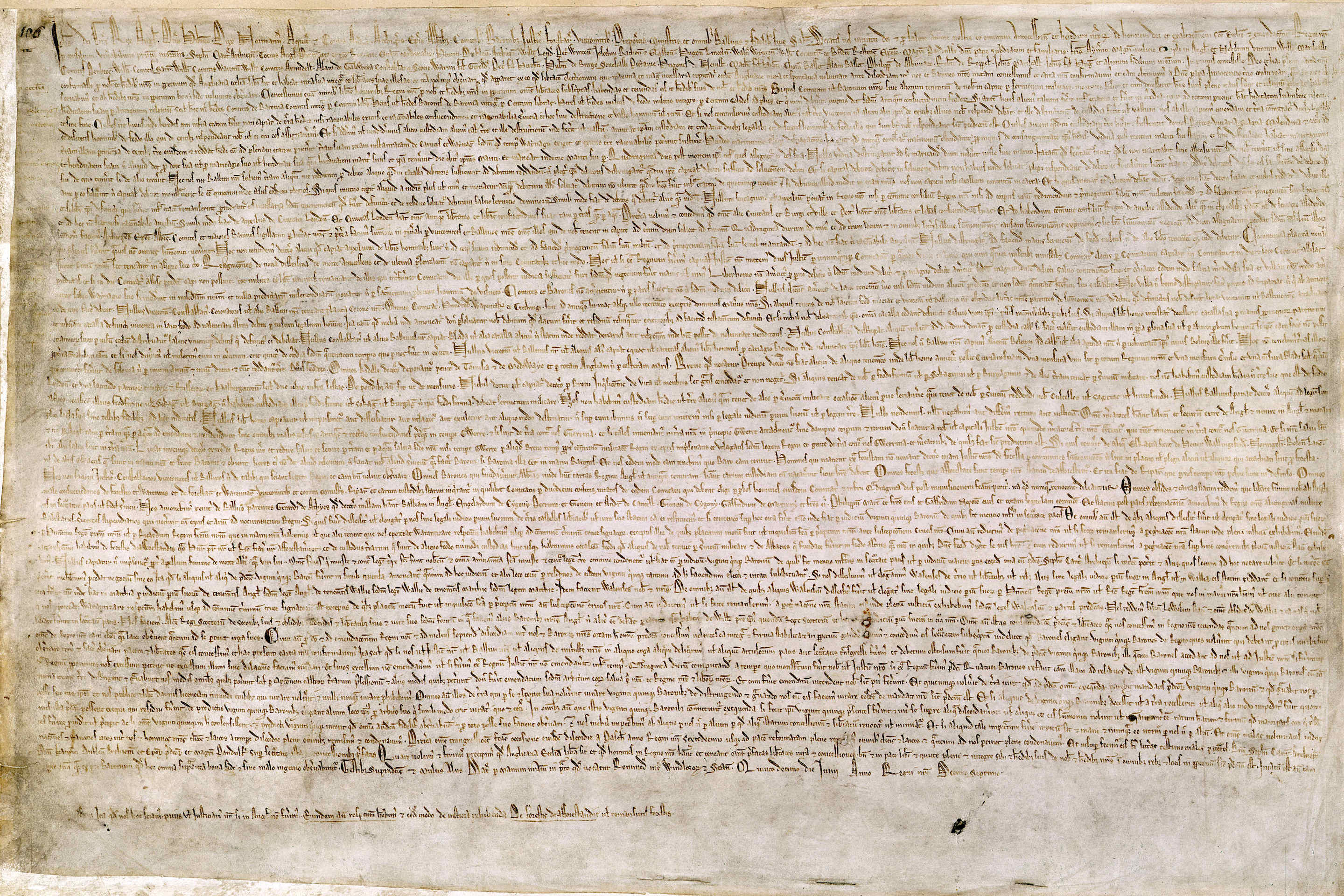by April Ironside
The Magna Carta is a charter that was first agreed by King John of England on 15th June, 1215, and first drafted by the Archbishop of
Canterbury in order to make peace between the unpopular king and a group of
rebel barons. It agreed and promised things like the protection of church
rights, access to swift justice and protections for the barons from illegal
imprisonment.
This charter however was cancelled at first by Pope Innocent
III because neither side stood by their commitments. This lead to the First
Barons’ War. After King John’s death, Henry III, his son, reissued the document
in 1216.
At the end of the war in 1217, the Magna Carta formed part of
the peace treaty – agreed at Lambeth where the document obtained its name. it
was reissued twice. The final time, it was reissued as part of England’s Statute of Rights in 1297.
The Charter of the Forest was used until the late sixteenth century, during which time there was an upsurge of interest in the Magna Carta. People argued that the Magna Carta offered to restore some rights that had previously been overthrown. Jurist Sir Edward Coke began to use the Magna Carta extensively. However, King James I and
his son Charles I attempted to suppress the discussion of Magna Carta until the
issue was curtailed by the English Civil War and the execution of Charles.
In the twenty-first century, four versions of the
original 1215 charter still exist. They are held by the British Library and the cathedrals of Lincoln and Salisbury. Some people also own it privately. Overall, the Magna Carta is an important part of history
because it helped balance rights which, if they had not been granted, would have led to great injustice.

Comments
Post a Comment
Comments with names are more likely to be published.